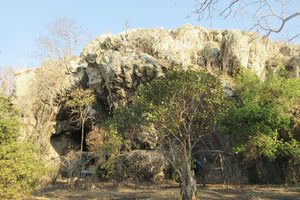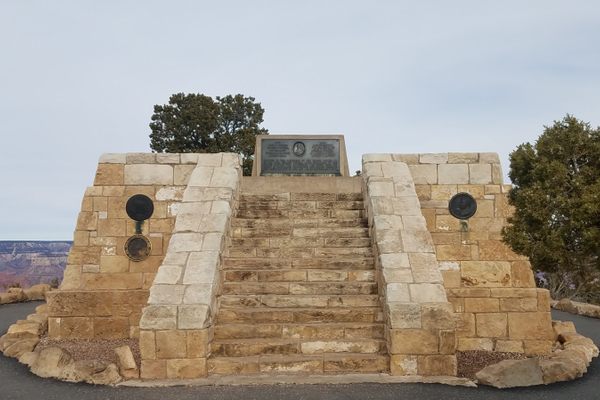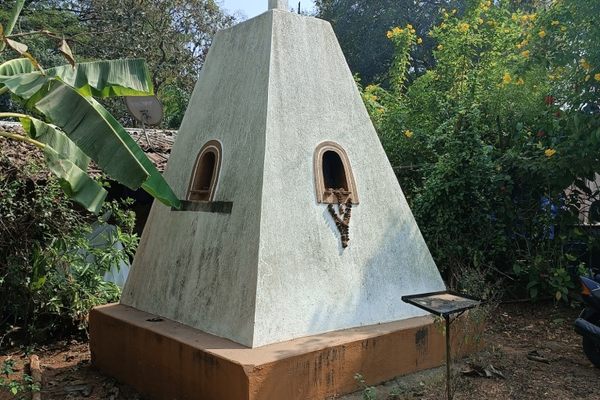About
In 1866, the famed British missionary and explorer Dr. David Livingstone set off for what was to be his last African journey. In 1873, while attempting to map the rivers flowing into and out of the Bangweulu wetlands, he contracted dysentery and eventually died at age 60 in the village of Chief Chitambo in Zambia.
Death was not to be the end of the journey for Dr. Livingstone, however. His attendants, Chuma and Susi, wanted to return his body to his homeland in the United Kingdom. They removed his heart and viscera, smeared his body with salt, and allowed it to dry for 14 days in the sun. They then carried his body 930 miles (1,500 kilometers) to the coast, from it was transported back to England and eventually buried with national honors at Westminster Abbey in London.
The spot where Dr. Livingstone's heart and viscera were buried was originally marked by an inscription carved into a mvula tree. In 1899, the tree was cut down and the carving transported to the Royal Geographical Society in London. In 1902, a memorial was constructed on the burial site in the form of a stone obelisk with two brass plaques.
The monument has been maintained throughout the years and the plaques have been replaced. A third plaque was added in 1973 to mark the centennial of Dr. Livingstone's death. Next to the memorial is a mvula tree descended from the original tree that marked the spot.
Related Tags
Know Before You Go
The monument is located 26km off the Mansa road. From the Great North Road, travel 97km towards Mansa. On the right, follow the sign marking the turnoff to Chief Chitambo's Palace. Signs further down the road will direct you to the memorial. It will be easiest to hire transportation to take you directly to the monument. Otherwise, it is easiest to hitch towards the site in the afternoons when people are returning to the villages and then stay the night, camping at the memorial site. Plan to return to the tarmac the next morning. At the monument, a very knowledgeable caretaker will greet you and collect the entry fee.
Community Contributors
Added By
Published
August 20, 2018
























